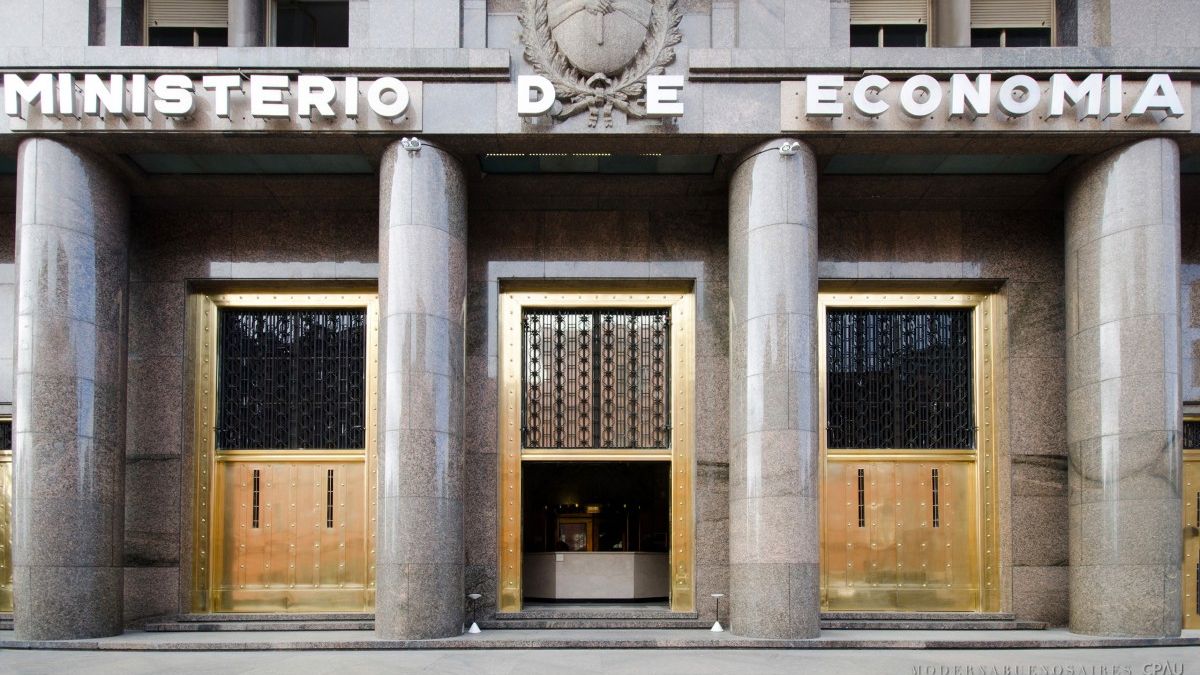Instead, the bulk of investors turned to the bills tied to inflation (Lecer) to June, which contributed $ 31,265 million, 68% of the total. The weight of this type of instrument, which had been reduced in recent operations, increased in this tender, which coincided with the publication of the INDEC consumer price index (CPI) in September. Although the tender closed an hour before the CPI accelerated to 3.5%, a strong rebound was already expected in the market. The increased demand for indexed securities in recent days contributed to raising their prices and reducing the cost of financing. This time, the Ministry of Finance paid 2.84% of the real rate. In the weeks after PASO, it had come to validate 4% in the face of a wave of asset sales in pesos.
The rest of the indebtedness contracted was to two bills at a fixed rate (Ledes) to January and February, which captured 28% of the total, and to a bond at BADLAR rate maturing in February 2023 (4%) with a rate of 43, 41% annual nominal. Las Ledes paid 40.49% and 41.23%, respectively.
IMF and financial program
The amount placed on Thursday will allow Economía to cover the $ 13,113 million that expire between now and the next tender and keep an extra funding of $ 32,290 million. Added to the net financing of the previous placement, the additional indebtedness (above payments) for October amounts to $ 64,366 million, which is equivalent to a monthly rollover rate of close to 170%. However, in the last week of the month there will be a tough test: $ 262,588 million expire, according to data from the Congressional Budget Office, which Finance is already preparing to try to renew in the auction scheduled for October 27.
In this way, the accumulated net funding in 2021 climbed to $ 477,968 million, which is equivalent to a rollover ratio of 118%. The Treasury’s financial program is one of the fundamental axes of the discussion of the new program with the IMF. That is why the Undersecretary of Financing, Ramiro Tosi, who is in charge of the design of debt placements, accompanied Martín Guzmán (along with other officials) this week in technical meetings with the organization during his visit to Washington.
The Fund, in addition to a cut in the fiscal deficit, requires a reduction in the portion of the red covered with monetary issue during the transition to equilibrium and its replacement by debt in pesos. It is something that Guzmán shares since he considers that a greater printing of pesos would further heighten the pressures on the exchange gap. The discussion, in both cases, goes through speed. Sources with knowledge of the conversations held in the United States told Ámbito that, there, the deficit targets, how financing is measured and the different sources of funding were discussed in detail.
However, Economy sources affirmed that the recent conversations with the IMF did not change “the financing policy or the budgeted goals at all.” And they pointed out that the Ministry of Finance has a “permanent and fluid” dialogue with the agency’s staff.
In the 2021 Budget, Guzmán had scheduled to cover 60% of the deficit with assistance from the Central Bank and 40% with debt in local currency. This objective was met until July, supported by fiscal discipline at the beginning of the year. But in August and September, the difficulties to sustain the rollover rhythm and the acceleration of spending increased the weight of the issue, which currently reaches 70% of the financing mix. Official sources qualify the data: they maintain that, if the assistance of the BCRA is measured in net terms (that is, if the pre-cancellation of $ 427,401 million of temporary advances made with the pesos from the sale of the special drawing rights that sent Fund), the equation is pretty close to 60-40%.
With the projected improvement in net funding starting in October, officials hope to shore up the financial program. Although, as this newspaper said, they already recognize that 60-40% is not a rigid goal. “Our objective is to be within the parameters of the Budget. But we allow ourselves a confidence interval: for example, 65-35% would be within the deviation parameters ”, stated official sources.
Lelites
Although in their debut the Lelites contributed just over $ 3,500 million, officials are enthusiastic that “they have a more relevant dynamism as the FCIs adapt operational and accounting issues.” They consider that they had a good first result since 15 different funds from public and private banks and independent administrators participated. In relation to technical issues, this Friday the National Securities Commission will publish a clarifying rule on the accounting criteria of the pre-cancelable 40%: the percentage will refer to the number of titles and not to a portion of a single title, a doubt that had been raised by some FCIs in the drafting of the original regulations of the instrument.
In Economics, they consider that the Lelites offer a “competitive rate” with respect to other liquid assets, such as guarantees, remunerated accounts and fixed terms, which account for about half of the assets of the FCIs. For this reason, they believe that it will be an attractive instrument both for funds with immediate liquidity (T + 0) and for T + 1, which include those for investment in fixed income. Instead, some market analysts believe that Finance will need to offer higher returns to attract more flow.
David William is a talented author who has made a name for himself in the world of writing. He is a professional author who writes on a wide range of topics, from general interest to opinion news. David is currently working as a writer at 24 hours worlds where he brings his unique perspective and in-depth research to his articles, making them both informative and engaging.




